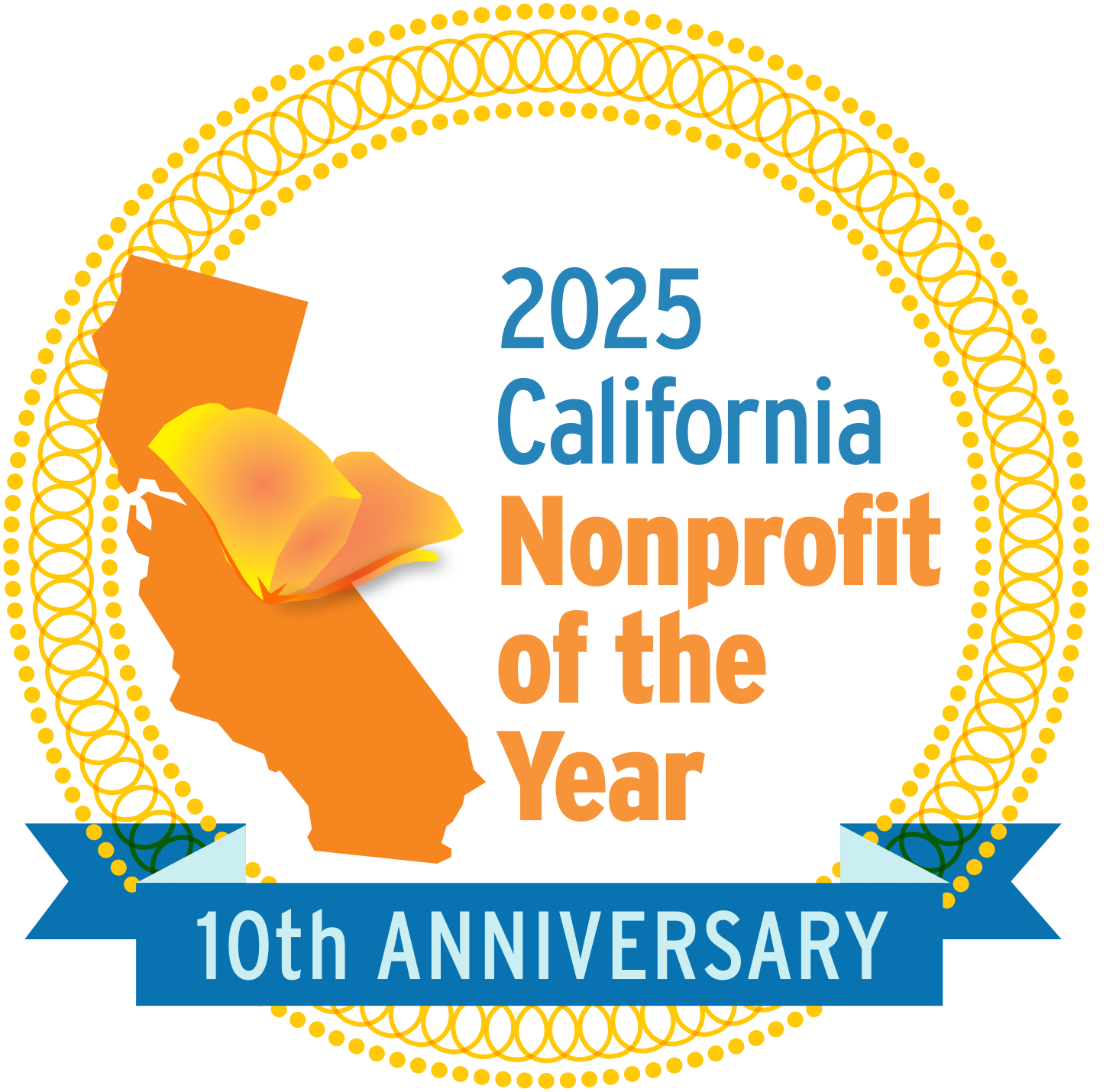Prison University Project student Troy Dunmore’s story is one in a series of oral histories that Voice of Witness has collected through collaborative storytelling workshops with Prison University Project students.
The moment of my life that I often think about is the first time I used drugs. As I sit in prison trying to obtain my release, I often reflect on my past. I asked myself the same questions over, and over. How did I get in this position? How did I turn out so different than my brothers, and sisters? We grew up in the same house, same parents, and were taught the same values. Nevertheless, I have a life sentence, they are productive members of society.
During the course of my self-discovery, I can draw a distinct link to a choice I made as a teenager. In the seventh grade I took my first hit of weed, little did I know that one hit would lead me to a life filled with crime, and drugs. If I could go back in time, I would tell my young self, “Why are you seeking acceptance from your peers?” You see, I was asked by some older dudes from the neighborhood if I wanted to smoke weed with them.
I remember the feeling of acceptance from some in the neighborhood who were the most popular. I would tell my young self that one hit will lead you down the path of destruction. All your hopes, dreams, and desires will be replaced with jails, prisons and funerals. Most importantly, you will give up your self-respect, and disgrace your family name.
That was my cross roads moment, and I chose the wrong road. However, all the pain and heartache I endured, my faith led me to the man I have become today. I took the negative and turned it into a positive. My past has inspired me to make a difference in this world. I share my story to the youngsters in my family. Today, I’m guided by my faith and walk in my recovery.
Even behind these prison walls I am able to be a positive role model to my family. I can no longer be ashamed of my past, I will use it to help better the same community I once terrorized. My ultimate goal is to give back. Over the course of these 24 years countless people have given to me.
I believe that my calling is to serve my community.
Attribution: This article originally appeared in the Voice of Witness blog on March 12, 2019.
Read Story
Please note that the Prison University Project became Mount Tamalpais College in September 2020.
 I was walking the prison track on a sunny southern California day in 2006 when a friend I’ll call Michael joined me. He looked like he could barely hold it together. His dark complexion was ashen, and there was dried toothpaste around his mouth. When I asked him how he was doing, it took a full four seconds before he answered.
I was walking the prison track on a sunny southern California day in 2006 when a friend I’ll call Michael joined me. He looked like he could barely hold it together. His dark complexion was ashen, and there was dried toothpaste around his mouth. When I asked him how he was doing, it took a full four seconds before he answered.

